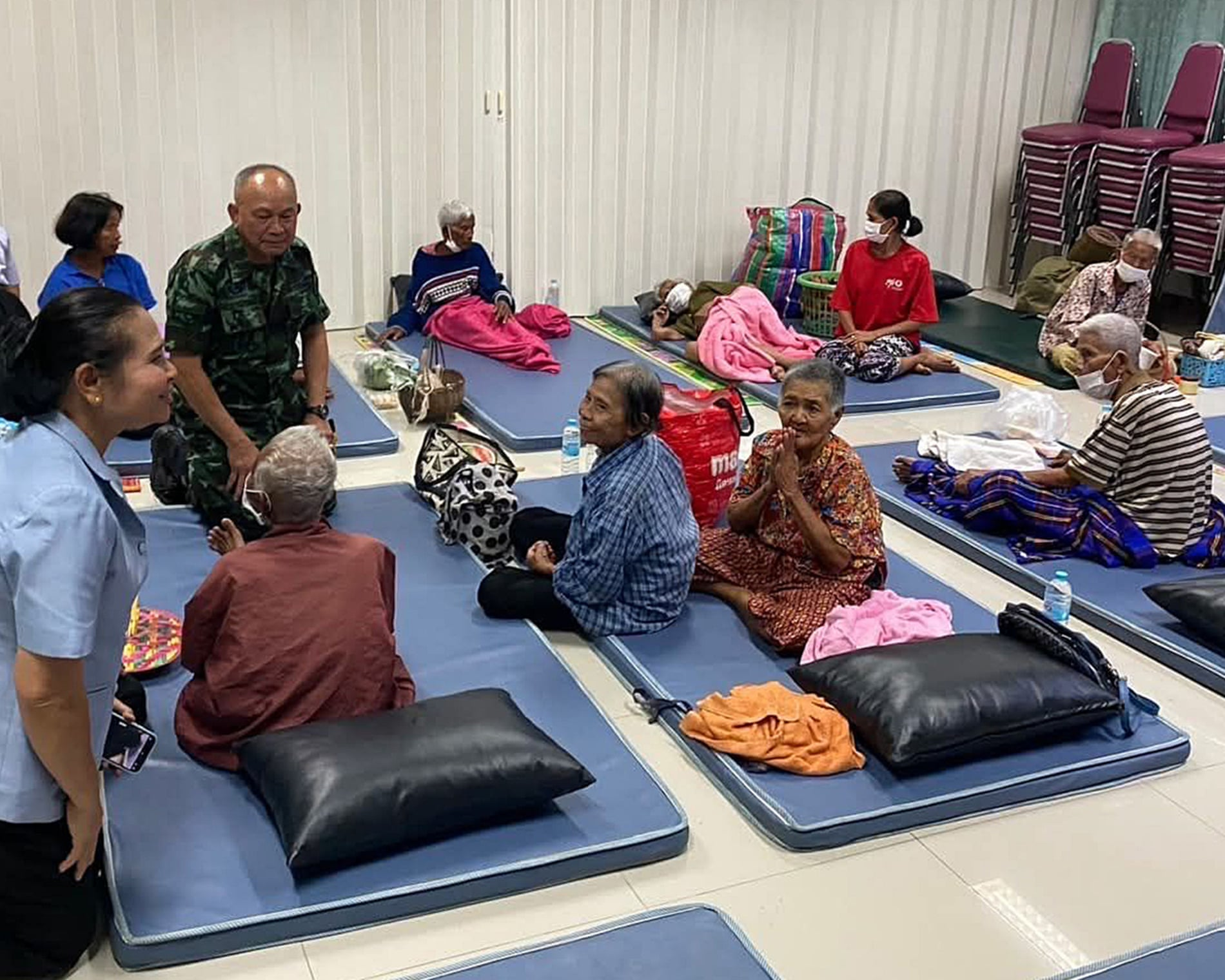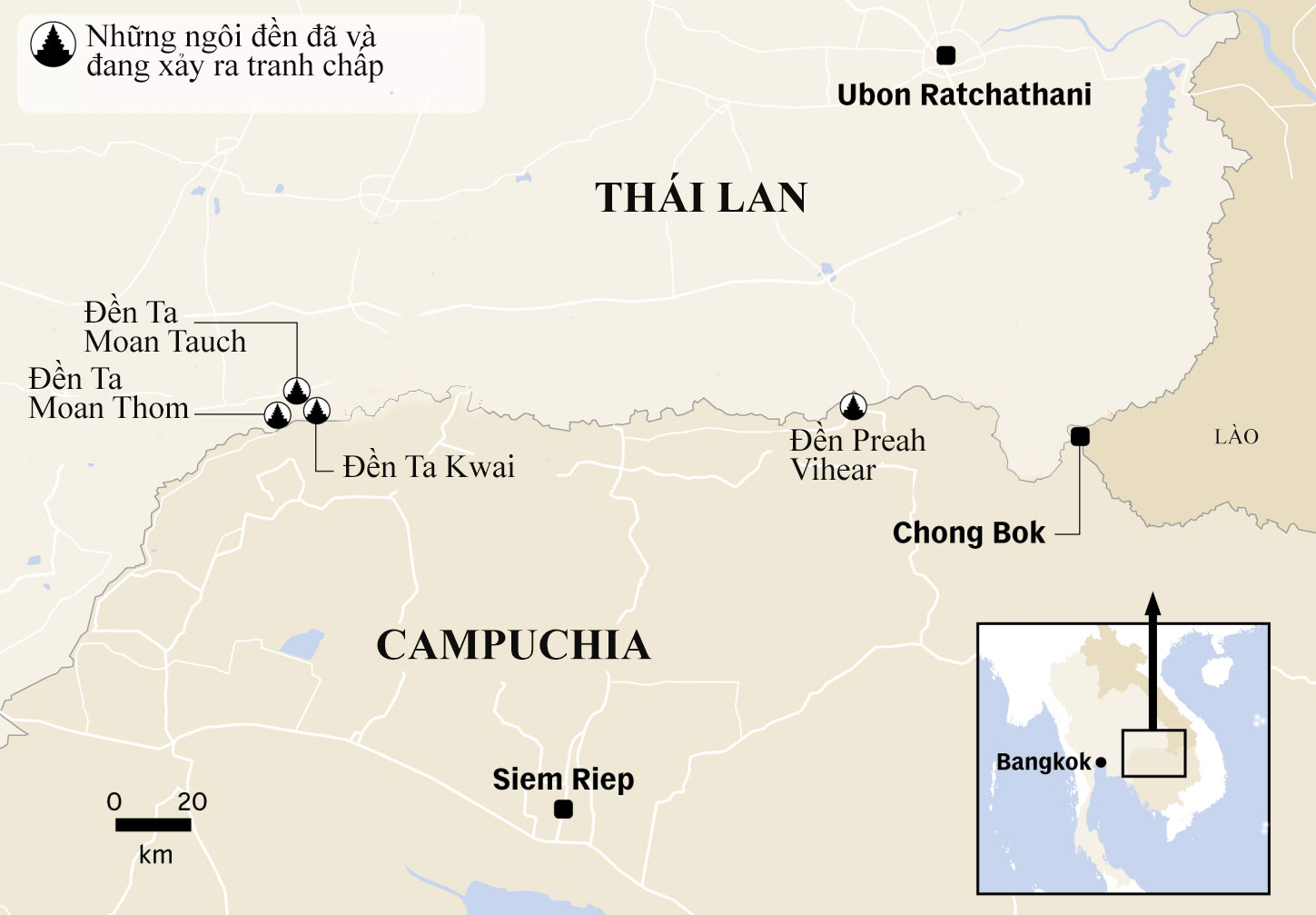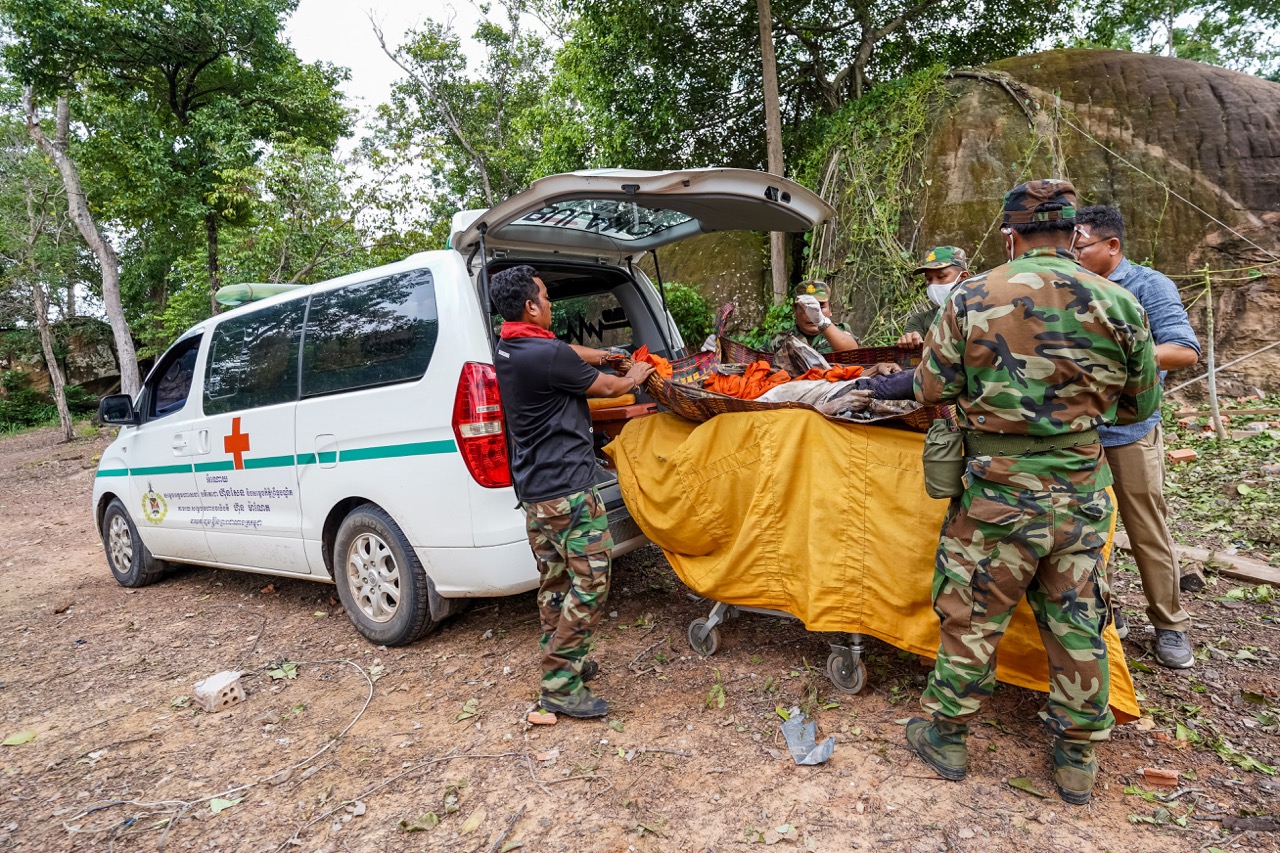For nearly two months, Maneerat Kote-Bandit lived with the unsettling fear that the simmering tension on the Thai-Cambodia border would inevitably escalate. Residents of her village in Ubon Ratchathani province, near the disputed area, were instructed to prepare emergency bags in anticipation of potential clashes.
"We constantly monitored the news, always vigilant, wondering if today would be the day fighting broke out," she told the Guardian.
Despite her apprehension, when the sound of gunfire reached her village on the morning of 23/7, Maneerat was still stunned that her fears had materialized.
The first loud explosions occurred between 8 and 9 a.m. (8-9h). The village loudspeakers immediately broadcast an evacuation alert. Maneerat's two nephews, 8 and 9, were sent home from school. The entire family quickly piled into their pickup truck. Throughout the village, people ran, shouting "hurry, hurry," as they evacuated the conflict zone.
"We were all surprised and scared, but our only choice was to stay calm," Maneerat recounted.
They were taken to a shelter near a provincial administrative center. Over 100 people were placed together in a metal-roofed shelter and given bamboo mats for temporary rest.
 |
Thai evacuees in Ubon Ratchathani province. Photo: Xinhua |
Thai evacuees in Ubon Ratchathani province. Photo: Xinhua
Maneerat's family is among the more than 130,000 people evacuated across four Thai border provinces: Ubon Ratchathani, Si Sa Ket, Surin, and Buri Ram, following the outbreak of conflict.
The Thai Ministry of Interior reported that evacuees are being transported to 295 safe locations, away from the fighting. In Si Sa Ket province alone, local authorities have established 149 shelters with a total capacity of 93,500 people.
The evacuation plan is being implemented by village heads and security volunteers, using government-provided vehicles. The Thai military has prohibited all evacuees from returning home until further notice due to ongoing security concerns. Security forces and police have been deployed to protect the property left behind.
"We are accustomed to hardship, but we have truly never experienced anything like this," said In Chanthathep, 72, who is sheltering at the same center as Maneerat.
She has lived her entire life in Nam Yuen district, Ubon Ratchathani province, but has never heard gunfire so close to home. "I panicked as soon as I heard the loud explosions," she said.
She didn't have time to gather any belongings because everything happened so suddenly. Her son had to carry her to the car and drive her to the shelter. Despite the limited conditions at the shelter, Chanthathep said that simply being safe was enough. She received donated clothes and a pillow, and registered to receive a warm blanket.
"It's better here than at home. I can go anywhere, as long as I don't have to hear the sounds of bombs and gunfire. I feel safer here," she shared, while waiting for volunteers to call the names of those about to receive personal items and necessities.
 |
Location of Ta Muan Thom temple and other disputed temples between Cambodia and Thailand. Graphic: CNA |
Location of Ta Muan Thom temple and other disputed temples between Cambodia and Thailand. Graphic: CNA
According to Major General Noratip Poynok, deputy commander of the 2nd Army Region, Thai King Vajiralongkorn has ordered "royal patronage" for all civilians affected by the border conflict. The injured will be cared for under royal patronage, and any damaged homes will be repaired using the king's funds.
Thai officials report that the conflict has resulted in 20 fatalities, including 14 civilians and 6 soldiers, with dozens injured. The Cambodian Ministry of National Defense reported 13 deaths and at least 71 injuries. Both countries blame each other for initiating and escalating the conflict.
Cambodia's ambassador to the United Nations, Chhea Keo, on 25/7 proposed an immediate and unconditional ceasefire on the Thai-Cambodia border, and called for a peaceful resolution to the dispute.
However, the fighting on the ground shows no signs of abating, as the Thai government declared martial law in eight districts of two southern border provinces, Chanthaburi and Trat, after accusing Cambodia of launching a new offensive.
 |
Cambodian troops transport the injured to a hospital in Oddar Meanchey province, after the area was attacked by Thailand on 25/7. Photo: AFP |
Cambodian troops transport the injured to a hospital in Oddar Meanchey province, after the area was attacked by Thailand on 25/7. Photo: AFP
In Det Udom district, Ubon Ratchathani province, where In and Maneerat are sheltering, over 60 relief points have been set up near administrative centers, schools, and temples.
Two civil servants managing the shelter, Phusita Boottarat, 36, and Kamonwan Homsub, 27, were both shocked by the rapid escalation of this conflict. As students, they visited historical sites along the border. They never imagined these tourist spots would become battlegrounds.
Maneerat hopes for a swift return to normalcy. She works in a flour factory with her sisters, but the facility has been temporarily closed due to the fighting. They have not received any news about their wages.
She acknowledges that even if the conflict subsides, the livelihoods of border residents will undoubtedly be altered. Cambodians and Thais frequently crossed the border for work and trade, to the extent that many Cambodians in the border region speak fluent Thai.
"If the two sides could have negotiated and compromised from the beginning, the situation wouldn't have escalated to this point. All I can do now is hope," Maneerat said.
Thanh Danh (Bangkok Post, Guardian, Khaosod)












